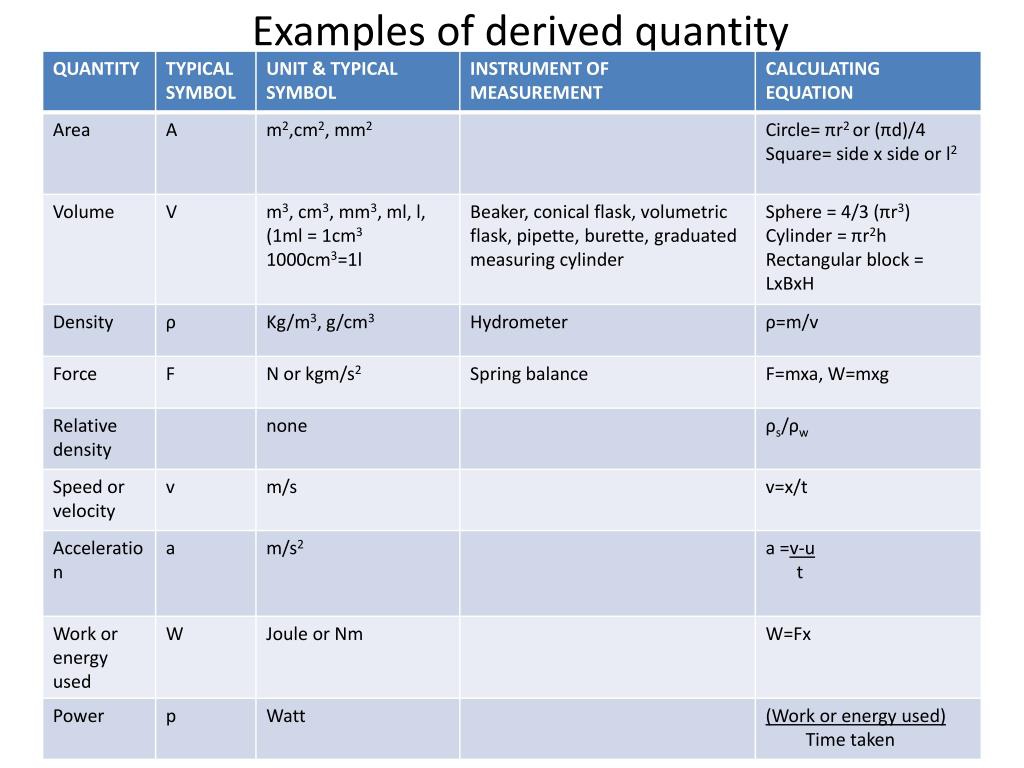Distinction Between Certain Quantities

Mass
The mass of a body refers to “how much matter” is found in the object. Mass causes an object to have weight. Mass is a quantitative measure of the property described in everyday language as inertia. Mass is measured in kilogram. It only has a quantity and no direction. The mass of an object will be the same anywhere in the universe.
Weight
All things are attracted to the earth. Objects fall because earth exerts a downward force on them. This force is called gravity. The force of gravity is the force of attraction between two bodies because of their masses. Thu,s the weight of an object is the force exerted on that object by gravity.
Weight = Forcegravity = mass x gravity.
Gravity on earth is 9,8m.s¯²
The weight of a body is a force, and must be expressed in terms of the unit of force which in Newton.
Some interesting facts:
- The weight of an object will be less on the moon than on earth, as the moon’s gravity is less than the one on earth. This is why moon walkers seem to float across the moon’s surface.
- The weight of a given body varies by a few tenths of a percent from point to point on the earth's surface, partly because of local deposits of ore, oil, or other substances whose density differs from the average, and partly because the earth is not a perfect sphere but is flattened somewhat at the poles.
- The weight of a given body decreases inversely with the square of its distance from the earth's centre, and at a radial distance of two earth radii, for example, it has decreased to one-quarter of its value at the earth's surface.
Motion
Mechanics deals with the relations of force, matter and motion. Motion may be defined as a continuous change of position. In most actual motions, different points in a body move along different paths. The complete motion is known if we know how each point in the body moves, so to begin we consider only a moving point, or a very small body called a particle.
Speed
Speed is a scalar quantity as the direction is not indicated in the unit. The equation for speed is:
v = ∆s/∆t
This can also be written as follows:
speed = Distance
time

The triangle on the right allows you to do any calculation regarding speed, distance or time. D = distance, T = time and s = speed.
According to the triangle, s=D/t, D = s x t and t = D/s
Example:
Calculate the speed of a car if it travels 300 km in 2 hours.
S = D/t = 300km/2hrs = 150km/h
Calculate the distance a runner covers if he runs at 8km/h for 3 hours.
D = s x t = 8km/h x 3 h = 24km
Acceleration
When the velocity of a moving body changes continuously as the motion proceeds, the body is said to move with accelerated motion. The average acceleration of the body as it moves from P to Q is defined as the ratio of the change in velocity to the elapsed time.
ā = ∆v/∆t
Example:
Calculate the average acceleration of a car if it can go from 1 to 100km/h in 10 seconds
ā = 100km/h ÷ 10s = 10km/h/s i.e. the car accelerates 10 km/h every second.